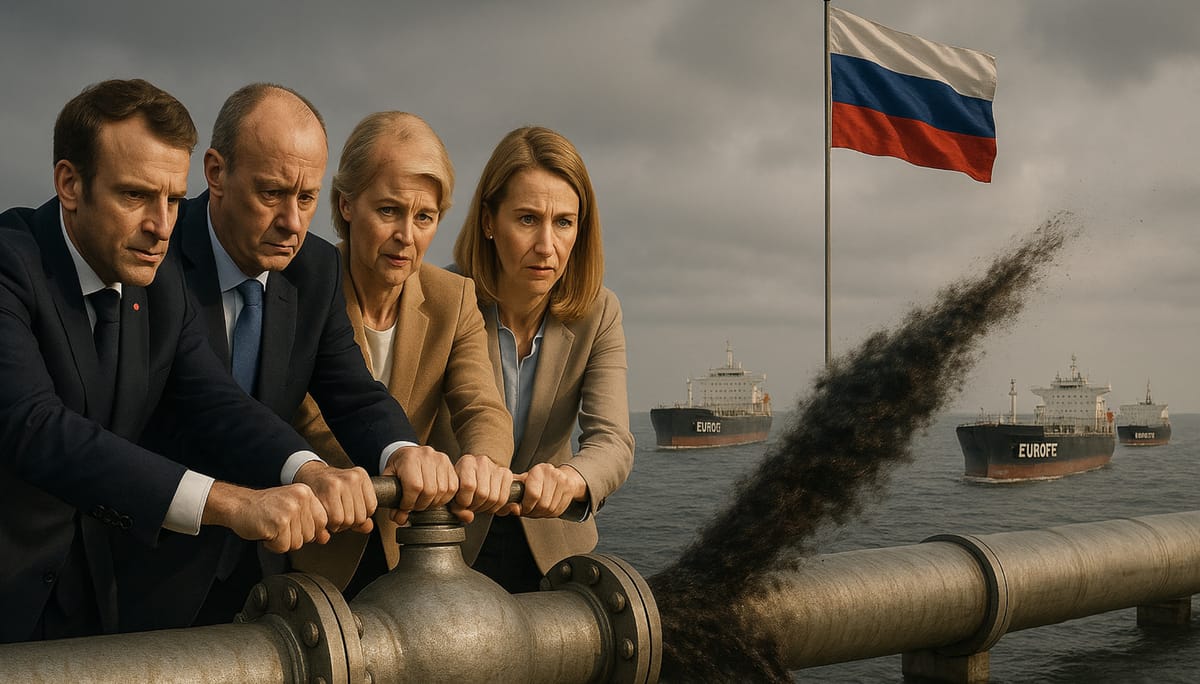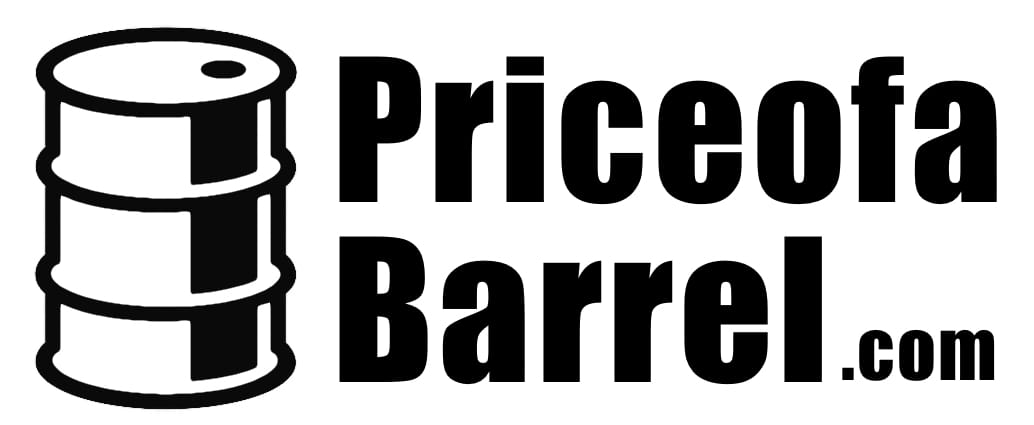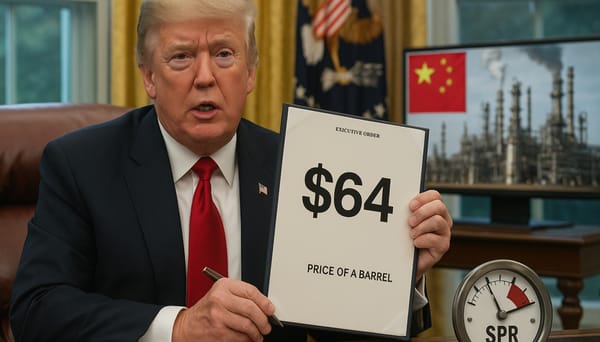EU Sets New Russian Oil Cap — Will it Work This Time?

BRUSSELS — the European Union has set the Russian oil price cap to roughly $47.60 per barrel, setting it dynamically at 15% below market rates (so between $45-$50) — aiming to squeeze Kremlin revenues without halting flows altogether.
🗣️ "Done! This morning, we Europeans have adopted unprecedented sanctions against Russia and against the countries providing their support" — Jean-Noël Barrot, Minister of Europe and Foreign Affairs
The 18th sanctions package also bans imports of Russian petroleum products, shuts Russian shadow-fleet tankers out of EU ports, and tightens Nord Stream‑related restrictions.
The challenges:
- Russia accounts for 11% of global oil production, with approx 10.75 million barrels per day in 2023.
- and US President Trump wants low oil prices
🛢 What This Means for Oil Markets
- Europe’s pivot away from Russian crude continues to reshape long-term oil price dynamics now that imported petroleum products are also barred.
- A large oil refinery in India, part-owned by Russia’s state-run oil company, Rosneft PJSC, has also blacklisted, hoping to slow re-routing of oil to India.
- The EU also blacklisted 105 vessels from Russia’s ‘shadow fleet’, targeting maritime loopholes used to evade sanctions.
🔍 Why It Matters
- Revenue clampdown on Moscow: A lower cap is intended to drain income from Russia’s crude sales — key to its wartime budget in Ukraine.
- Europe’s price-risk tradeoff: While imports continue, European refiners and consumers may encounter higher prices or juggling logistics and insurance costs.
- Global pricing ripple: With the U.S. staying out, this EU move creates a dual-price world—adding complexity to global Brent crude benchmarks and altering trade flows.
⚠️ Risks & Limitations
- Dollar-clearing loophole: EU measures can’t target U.S. banks, meaning many trades may dodge restrictions.
- Enforcement challenges: Without comprehensive monitoring, shadow-fleet tankers might still ferry Russian oil profitably.
- Geopolitical blowback: The Kremlin has dismissed the move as “illegal,” calling the EU tool a double-edged weapon—warning of countermeasures.
The EU and G7 initially set a $60 per barrel price cap on Russian oil exports in December 2022, aiming to limit Russia’s oil revenues while maintaining global supply. However, Russia has managed to sell most of its oil above this cap, mainly by using a “shadow fleet”.
Despite the aggressive posture, most analysts say the impact will hinge on enforcement and dollar-clearing limitations, as Europe’s energy landscape braces for uncertain ripples.
📌 Bottom Line
The EU’s aggressive cut to the oil price cap—down to just $47.60—signals a geopolitical shift in Europe’s approach to Russian energy. While it’s a show of unity and fiscal pressure on Moscow, the real test will be on enforcement and whether consumers must pay the price.
For now, expect volatility in European crude markets, possible eastward rerouting of Urals crude, and fresh tension around global oil price convergence.





